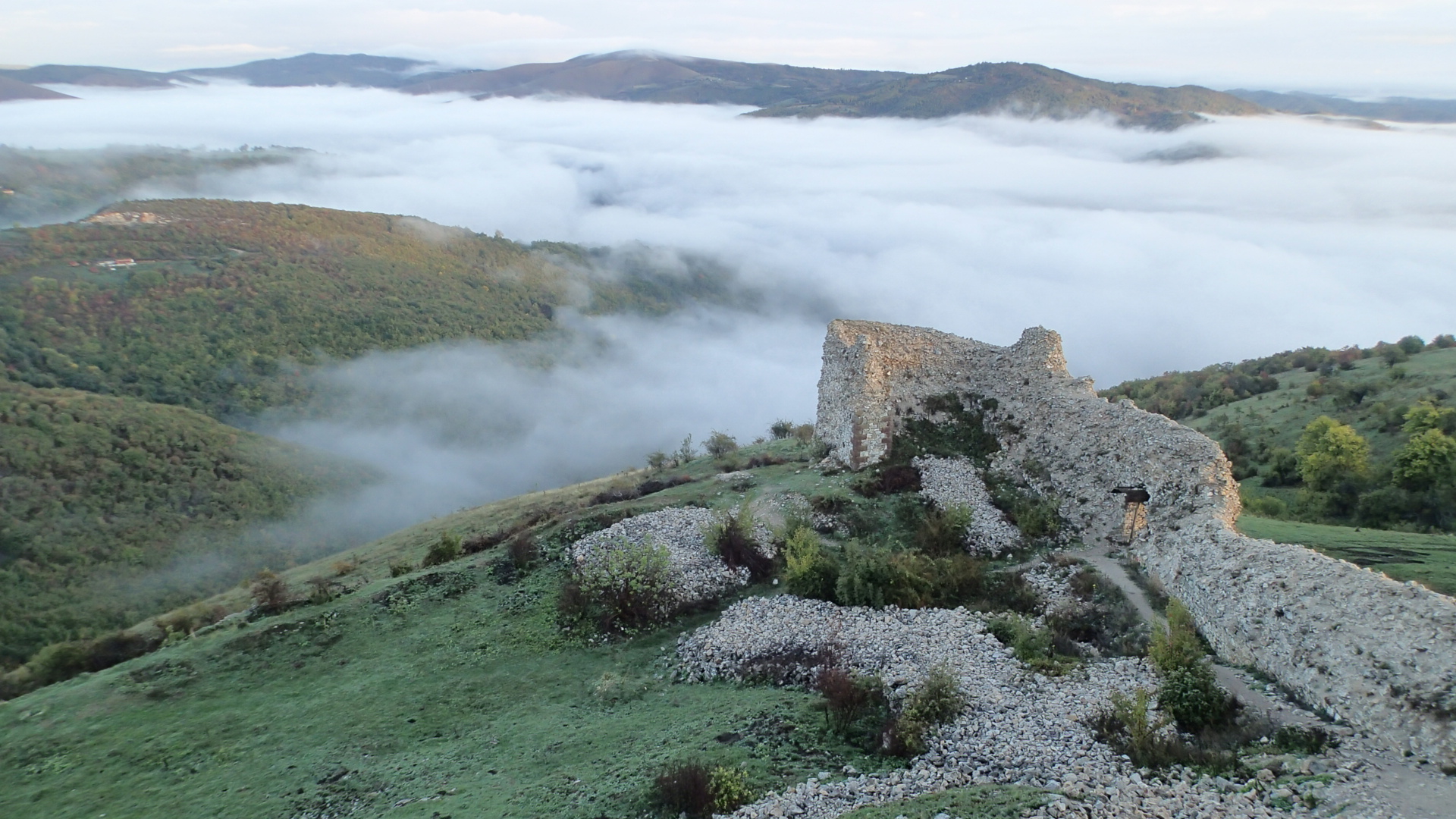History of Novo Brdo FORTRESS partly taken from Wikipredia (partly truthful resource). Novo Brdo FORTRESS is a medieval fortress in Kosovo and Metohija. Its ruins are located near the town of Novo Brdo, about 20 kilometres (12 mi) east of Pristina. The fortress was built in the early 14th century to protect gold, silver, iron and lead mines which were abundant throughout the area. Novo Brdo was famous for its silver. Together with the castles of Prizrenac, 12 kilometres (7.5 mi) to the southwest, and Prilepac, 13 kilometres (8.1 mi) to the southeast, which guard access roads to the fortress, Novo Brdo helped form a defensive complex overlooking the lucrative mining operations. Novo Brdo was at its height during the Serbian Despotate (1402–1459), when it was the most important mining area and second most important town in Serbia. A significant number of Saxon miners and a large Ragusan merchant colony lived within the town, which was ruled by a vojvoda, but also a governor (kefalija), because it was the seat of an administrative unit of the Despotate.
For its crossroads position, as huge market place, Novo Brdo has been known as the Mother of all Serbian cities, a mountain of gold and silver, as the strongest fortification. Systematic archaeological research of the site began in 1952. Novo Brdo Fortress was declared a Monument of Culture of Exceptional Importance in 1948. After Kosovo’s unilateral declaration of independence from Serbia in February 2008, the site was established as a Special Protective Zone of Kosovo and Metohija. Remains of fortifications, buildings, and mining facilities are scattered throughout the area. Constant illegal digging to find buried treasure, plundering, and amateur excavations are destroying valuable archaeological strata.

